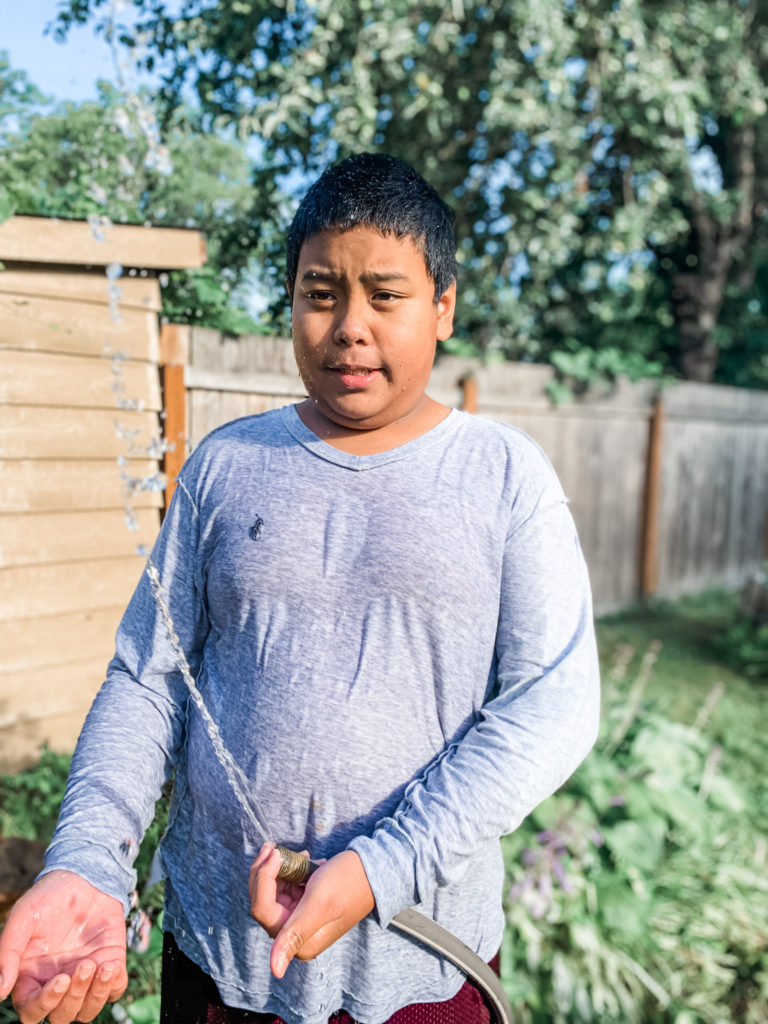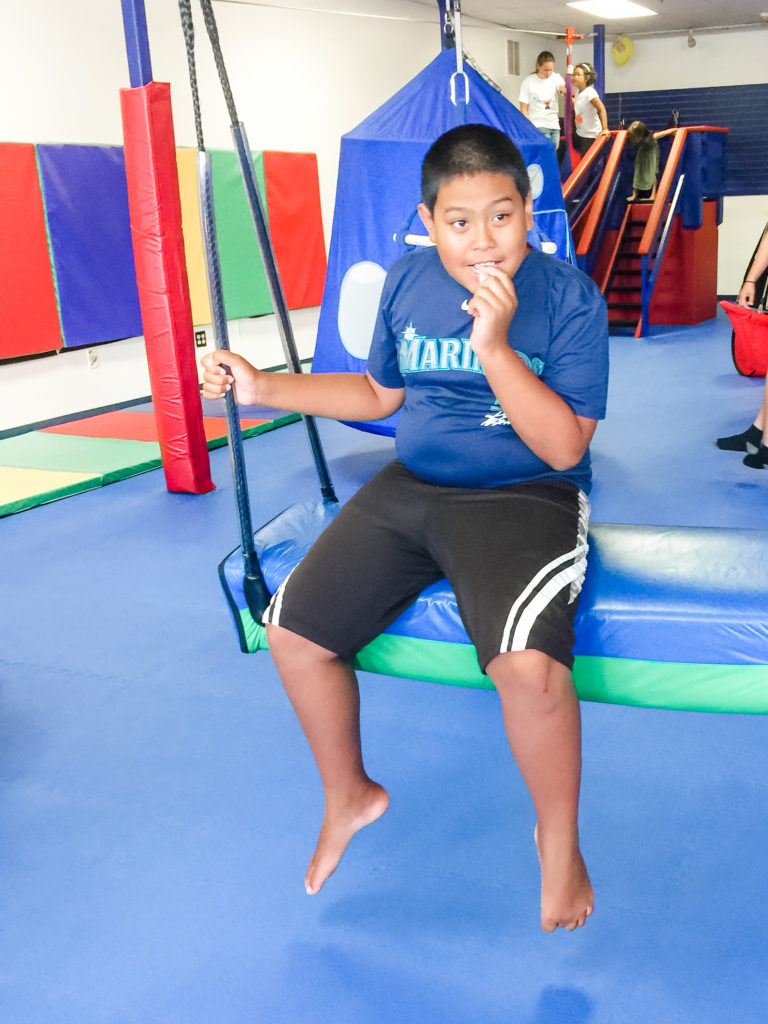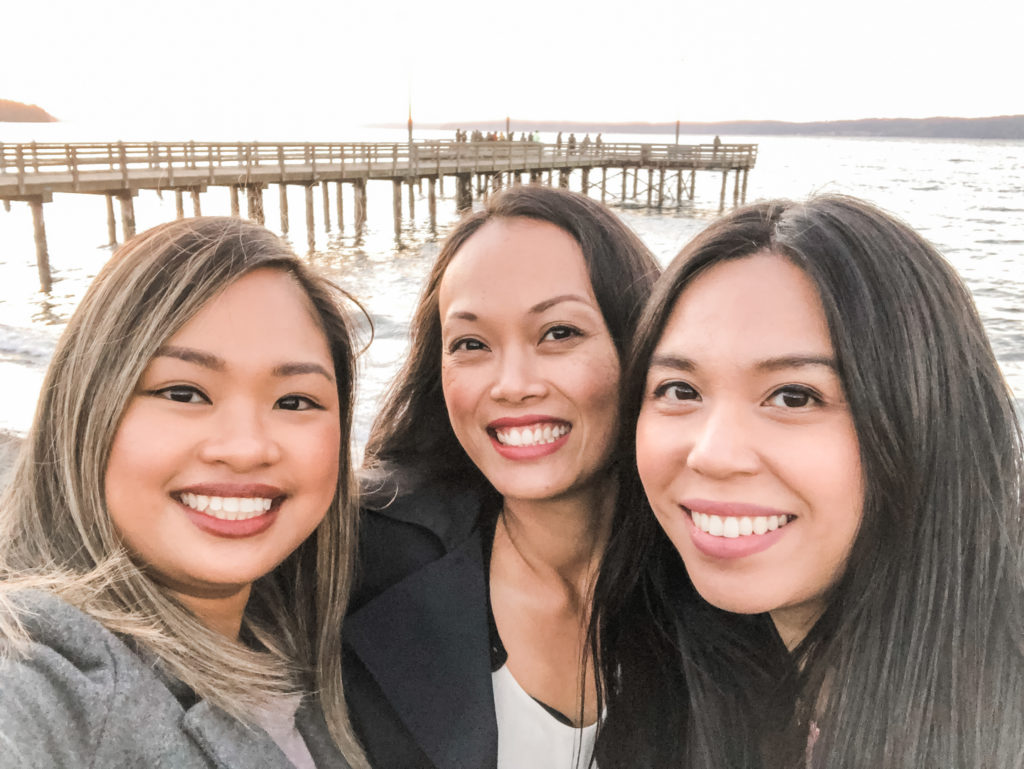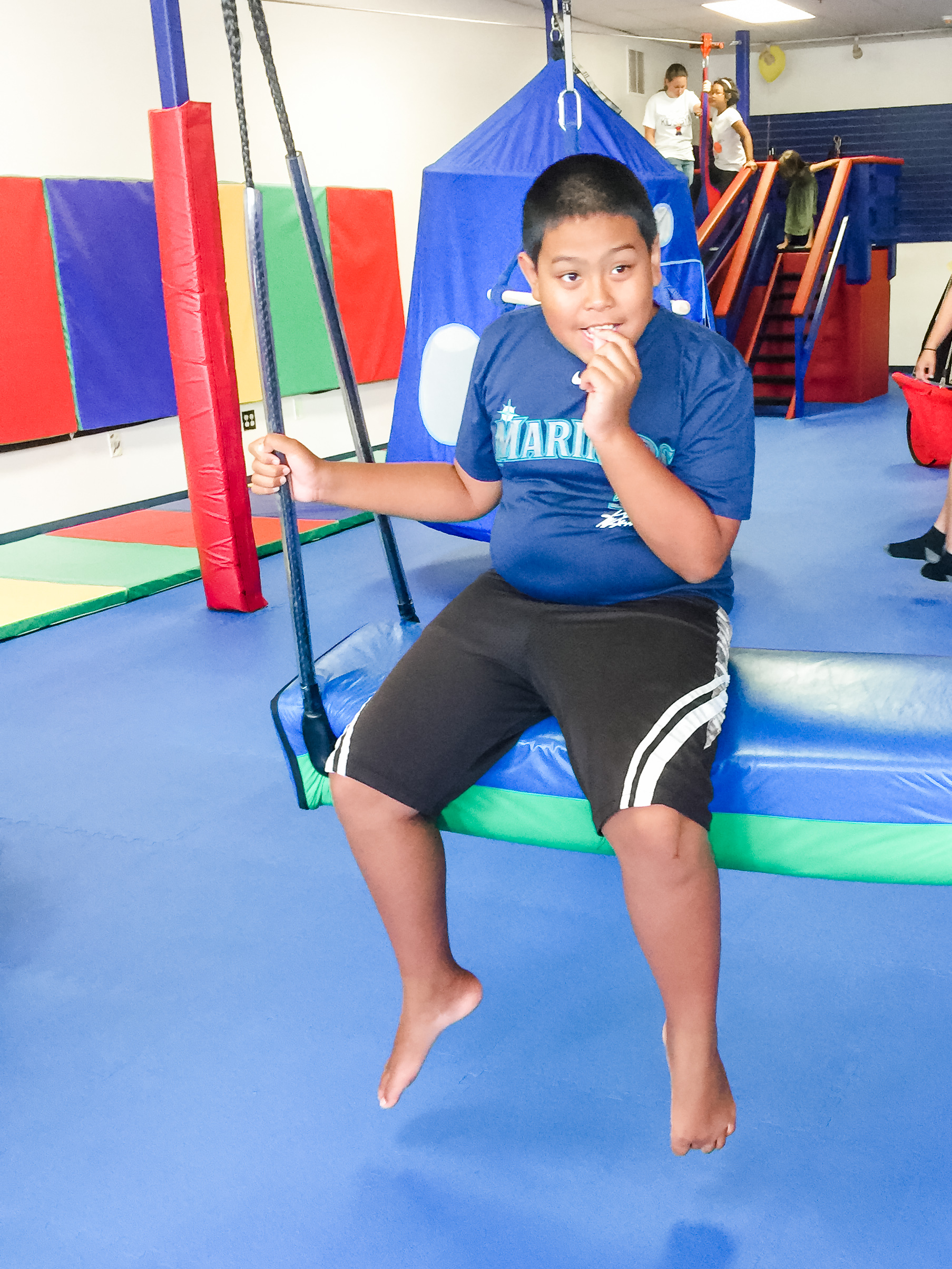Rhythms and routines are important to establish, especially in the summer. Our children tend to thrive on routine, and it also helps ease anxiety (for them & ourselves) to know what to expect for the upcoming week.
Theme days are something I created out of necessity— our middle daughter, Alyssa, struggles with anxiety and this has helped her make the transition from the natural rhythms and routines that comes from a typical school day over to summer. Jacob also thrives on routines, so this helps him as well.

Step 1: List activities that you typically participate in on any give day during the summer.
Exp. Playing in the backyard— I like to list out backyard activities that the kids can participate in and give them a choice of activities that they an participate in, in the backyard. You can be as flexible as you want as far as activities goes, but I find that most children do best when only given 2 or 3 choices at a time. Providing them some options also helps your child to understand what to do in the backyard. I know that sounds silly, but sometimes our kiddos on the spectrum aren’t sure what you expect them to do when you simply give them the option of “playing in the backyard.”
-trampoline (I like this one due to its high safety standard).
-water guns (I like these ones: the Nerf Super Soaker ZipFire and the Nerf Super Soaker Scatterblast Blaster .
They’re both easy to fire and load. The Nerf Super Soaker ZipFire is easy for little hands, and straight forward. the Nerf Super Soaker Scatterblast Blaster took Jacob a little bit to get a hang of, but once he figured it out, he had a blast!
–chalk (I like these ones— they don’t roll away, which can quite frustrating for any kid, especially our little ones on the spectrum. They’re also non-toxic, which provides some relief, especially if you have a kiddo who tends to lick things from time to time.)
The girls love drawing with chalk.
I like to use chalk to reinforce handwriting. If you have a reluctant writer using, this is a great way to encourage them to practice without the performance pressure. It’ll also help your child develop the muscles in their hands that are necessary to grasp a pencil properly if they’re not quite ready yet.
We use the handwriting without tears program that Jacob’s OT suggested, and try to make handwriting fun!
-soccer (if you’re child is new to soccer, I highly recommend the Adidas Top Training Ball over the traditional Wilson Soccer Ball. It’s easier for our son to navigate with his feet, and is designed with beginners in mind. It’s designed to give players more control over the trajectory of the ball. Beginners, especially younger children aren’t quite ready to control a standard-size ball. Alyssa was on her school’s soccer team, and her favorite ball for those who has some experience with navigating a ball with their feet is the Wilson ball.
-digging in the garden (these ones are great quality tools that are both functional and comes with extra protective caps to ensure extra protection for your kiddos.)
-play with the hose (yep— that’s an activity and a choice)
-computer time (our favorite resources are: ABCYA.com and khanacademy.org.
As much as we want to tell our kiddos to “go play outside” or “have at it,” children on the spectrum tend to do better when they’re provided specifics to engage with.
We try our best to always provide our kiddos with options— as someone who has a twelve year old non-yet-speaking child, I can attest to the fact that providing our children the choices is empowering for your child with ASD.
So, the general category for that morning can be “play in the backyard” and they can be provided the options.

Step 2: List places you’d like to visit regularly with your kiddos.
For our family this includes trips to our neighborhood playground, Rock the Spectrum (which is an in-door gym designed specifically for kiddos on the spectrum), our local YMCA for swimming.
Swimming provides tremendous benefits for your child on the spectrum. Not only does it reduce the risk of accidental drowning— but it fosters more confidence, coordination, and cognitive processing for your kiddo on the spectrum.
If there’s a local YMCA, reach out to them and ask them for their peak hours (so you’ll know what hours to avoid), and if there’s any specific days or time of day that is less busy. Our local YMCA tends to be least busiest between 1-4pm. Our local We Rock the Spectrum tends to also be least busiest between 1-4pm. There must be something magical about those hours.

Step 3: List Field-trip days.
This doesn’t have to be anything big, but requires a fair amount of preparation. Trips to the beach or local amusement park does require that we have extra clothes handy, towels, and meals prepared beforehand. If your child is on a special diet or if anyone in your family has a food allergy, you’re allowed to bring in food from outside (we turned in a doctors note in order to bring in food for Wild Waves).
We likes to frequent the local beach and Wild Waves. Try to locate a beach in your area that has one primary entrance, this allows you to have the beach of mind that your kiddos aren’t going to run off in multiple directions.
Our herd consists of three kiddos, and although we frequent the beach, I never know when Jacob will suddenly feel the need to wonder. So, we tend to stick to Dash Point State Park which has one primary entrance, and bathrooms. For your sanity’s sake, DO look for beaches that offers a rest room— so you’re not having to assist your child in a portable potty.
There’s also a Children’s Museum that offers sensory hours for kiddos sensitive to noise and bright lights, so they dedicate the first two hours once a week to serve families like ours.
If there’s a local children’s museum nearby reach out to them and ask them for their peak hours (so you’ll know what hours to avoid), and if there’s any specific days or time of day that is less busy.
One of our favorite is Exploration for All through the Pacific Science Center which is a little over an hour away from where we live.
Just like backyard activities, I like to write out all the different places we can explore that week, and give the kiddos an option to decide the day prior to the actual field trip day. This again, allows them to have a say about where we’re going, but we’re still able to prepare for it ahead of time. A trip to the beach does require more as far as preparations goes, the children’s museum— not so much.

Step 4: Get Social.
Summers can be quite lonely, especially when you visit local parks or beaches and notice other moms with their group of friends. Which is why I make it a priority to incorporate social Friday into our weekly schedule. It doesn’t have to be a Friday for you, it can be any day of the week or even once a month.
You can invite friends into your home for a playdate or it can be at a local park. Perhaps your children need more space to exert their energy, a spray park is a great option that allows your child to run freely while you’re able to catch up with some of your friends.
Friendships are important, and it’s apart of our neurobiology to feel a sense of belonging— which is where the idea of FOMO comes into play. Sometimes, seeing others with their friends can cause you to feel even more isolated and alone, and I don’t want that for you. If playdates aren’t possible, perhaps you can get away for an evening with one of your girlfriends.
Whatever you do, try to carve out sometime for your friendships.
Life is better with friends— don’t do life alone, mama. You’ll need someone to help you maintain your sanity and lower your levels of stress (yes! Being around your tribe helps to decrease stress hormones!) particularly during the summer months.
Now, that you have all of your activities, places to visits, and social gatherings written down. You should come across some themes, or categories they all seem to all under. For us, the themes that emerges are:
Backyard Playtime
Swimming
Field trips
Let’s get Social
Step 5: Designate activities by your natural energy level.
Go ahead and give these themes a home by selecting certain days of the week, and writing them in. I like to select activities by my natural energy levels throughout the week.
You’ll notice that Mondays are restful, because our weekends are typically quite full and I need time to decompress after a busy weekend. We often attend birthdays, bbqs, and gatherings on Saturdays and occasionally on Sundays. Sundays usually consist of church, followed by chores around the house and preparing for the week ahead.
Or if we can swing it, sometimes, we are able to squeeze in a lunch date after church if our caregiver’s available to take care of our son, and we simply drop off the girls are my parent’s home.
Here is an example of what ours looks like:
| Here are our theme days for the summer. • Mondays: Restful Mondays AM- rest from the weekend (bike to the local park & picnic there. Hang out in the backyard— water balloons, water guns, pretty much anything with water is a win in the Lach residence) Afternoons- We Rock the Spectrum • Tuesdays & Thursdays: Water Fun Tuesdays/Thursdays AM- swim at the local YMCA or spray parks Afternoons- We Rock the Spectrum • Wednesdays: Field trip Wednesdays Field trip days (Wild Waves, nearby lakes or the local beach. Our favorite beach is Dash Point State Park. • Fridays: Let’s get social Fridays. Play dates in our home or a friend’s home. Well, backyards, because it’s enclosed, and the kids usually have a blast. We love to get together in the summers, and our group of friends are very accommodating (they even have designated calm rooms in their home). I enjoy having friends over, and providing them a safe space to kick back & hang out– I sure wish we were neighbors! We also set aside this day for the girls to have play dates with their classmates from schools, that way no one feels left out. • Saturday & Sundays: are spent on family outings, summer parties, or other events. |
Rhythms and routines are important to establish, especially in the summer. Our children tend to thrive on routine, and it also helps ease anxiety (for them & ourselves) to know what to expect for the upcoming week.
Of course, we also plan for summer vacations. We try to make it out to the Oregon coast at least once in the summer, and then there’s our annual camping (in cabins) trip with other Autism families in Naches, WA!
What are your themes for the summer? Do you have vacations planned out?
Let me know in the comments below.


share this post on
comments
0
leave a comment